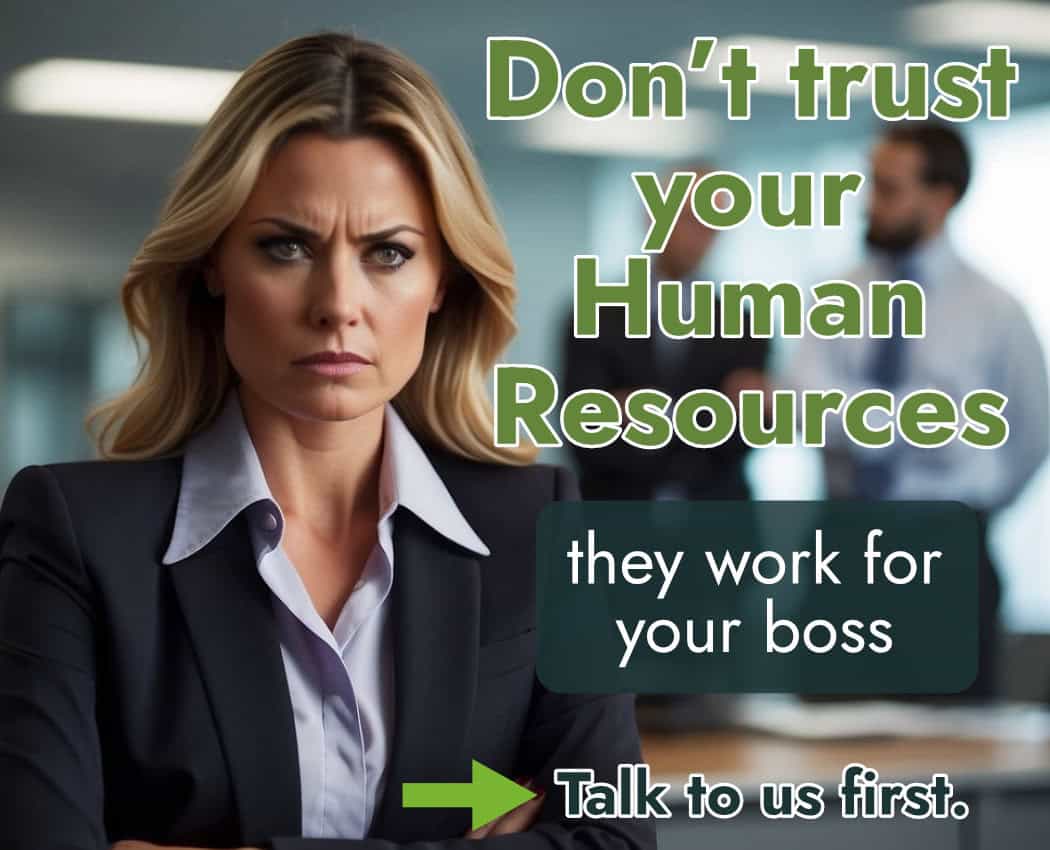
Employers may sometimes find a need to dismiss employees for cause. In certain cases, they may communicate the basis for the dismissal to others, such as prospective employers, other employees within the organization or public authorities.
Employers may face tort liability for defamation if such communication is not done properly. This article provides:
- the basics of the law of defamation as it relates to an employer commenting on a former employee; and
- tips to consider when commenting on a former employee.
What are the elements of defamation?
A statement or a communication is defamatory when it has a “tendency to injure the reputation of the person to whom it refers.”[1]
To have a chance of succeeding in a defamation action, the plaintiff must prove three elements:
- The impugned words were defamatory, in the sense that they would tend to lower the plaintiff’s reputation in the eyes of a reasonable person.
- The words in fact referred to the plaintiff.
- The words were published, meaning that they were communicated to at least one person other than the plaintiff.[2]
If these elements are proven, then it is up to the defendant to offer a justification.[3]
In many cases where the employer discusses with others a former employee’s misconduct, these elements will be satisfied. However, the employer may have a defence so long as the impugned communication is made without malice.
Truth
Truth, also known as “justification”, is a complete defence in an action for defamation. However, the employer would have to prove the truth of every defamatory imputation. This can be done if the justification meets the sting of the charge and it is shown that the communication is substantially true[4].
Qualified Privilege
A communication is also protected from tort liability where it is made to fulfil a legal, social or moral duty, or where it is made pursuant to a common interest between parties[5] and where there is no malice. For example, an employment reference for a former employee to a prospective employer may be protected by qualified privilege[6].
The protection by qualified privilege is lost where there is malice or ill-will. A statement is malicious where it is made:
- with the knowledge that it was false;
- with indifference to its truth;
- for the purpose of injuring the plaintiff because of spite or animosity; or
- for other improper, unrelated purpose[7].
One example of communication that the court may find to be malicious is set out in Jonas v. R. Reininger & Son Ltd. (“Jonas”). In Jonas, the employer dismissed an employee for alleged theft. Upon the dismissal, the employer notified all other employees of the dismissal for the alleged theft. The court found this communication to be malicious because of the excessive detail contained in the notice (i.e. naming the employee and the reason) and the failure to provide an opportunity for the former employee to defend[8].
If a statement is what the party (i.e. the employer) honestly believes to be true and is made for the purpose of communicating that fact,[9] it is likely protected by qualified privilege—even if the statement turns out to be untrue.[10]
Tips to consider when discussing a former employee
Considering the laws mentioned above, a few tips employers should consider when commenting about a former employee are:
- verify the truth of the statement
- create and store evidence of having verified the truth of the statement
- limit communication to parties and organizations where the employer is satisfying a legal, moral or social duty with a corresponding interest in the communication for the recipients
If you wish to speak to one of our lawyers in Vancouver, please feel free to today to schedule an initial consultation. We warmly welcome the opportunity to assist you.
[1] Color Your World Corp. v. Canadian Broadcasting Corp, [1998] O.J. No. 510, citing R.F. Hueston & R.A. Buckley, Salmond on the Law of Torts, 21st ed. (London: Sweet & Maxwell, 1996) at 140
[2] Grant v. Torstar Corp, [2009] 3 S.C.R. 640 at 28.
[3] Ibid at 29
[4] Chase v Anfinson, 2018 BCSC 856 at para 75.
[5] CED 4th (online), Defamation, “Qualified Privilege: Criteria for Application” (X.2) at §346.
[6] Milmo, Gatley on Libel and Slander, 9th ed. (Sweet & Maxwell, 1997), at 340, §14.17
[7] Smith v Cross, 2009 BCCA 529
[8] Jonas v. R. Reininger & Son Ltd., 55 O.A.C. 178
[9] Oana v. Marwell Construction Co. Ltd., 8 D.L.R. (2d) 377
[10] Knorr v. Ibrahim (1998), 169 N.S.R. (2d) 34 (N.S. S.C.)

Our main hub for British Columbia is located in the heart of Vancouver. We also have a Kamloops Office for interior residents. That said, we serve the entire province of BC. We have the infrastructure to work with any of our clients virtually — even the furthest regions of British Columbia.
Call (604) 423-2646 [toll free 1-877-402-1002] to get routed to the best representative to serve you or contact us online for general inquiries.
We also have a dedicated intake form to help you get the ball rolling. Our intake team will review your specific case and advise you on the next steps to take as well as what to expect moving forward.
Our offices are generally open 8:30 a.m.—4:30 p.m., Mon—Fri.


Tanya Maas
WORKPLACE LAWYER
Tanya has extensive experience in issues relating to wrongful dismissal, notice periods, human rights and workplace investigations. She believes that clients deserve relentless protection of their legal interests within legal and ethical bounds and an aggressive approach to litigation.
PRIVACY NOTICE: Any information you provide to our office — whether your personal information or employment/employer details — will be treated as strictly confidential and will not be disclosed to your employer or to any other third party. So, please be reassured that you can talk openly to our capable Intake Paralegals worry free. Fill out an Online Inquiry or call us now, your information will be in safe and helping hands.
The Legal Review Process by Taylor Janis Workplace Law
- Taylor Janis strives for high-quality, legally verified content.
- Content is meticulously researched and reviewed by our legal writers/proofers.
- Details are sourced from trusted legal sources like the Employment Standards Code.
- Each article is edited for accuracy, clarity, and relevance.
- If you find any incorrect information or discrepancies in legal facts, we kindly ask that you contact us with a correction to ensure accuracy.


